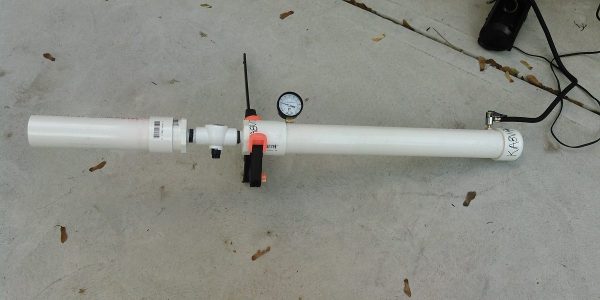There was a time when the idea of building your own single-sideband transceiver was too daunting for all but the most hardcore of amateur radio constructors. After all the process of creating SSB is complex enough in itself without adding the extra complexity of a receiver and the associated switching circuitry.
In 2003 an Indian radio amateur, [Ashhar Farhan], [VU2ESE] changed all that. His BitX SSB transceiver used a bidirectional amplifier design and readily available components such that it could be built by almost anyone using dead bug construction techniques for an extremely reasonable price.
Over the years since [Ashhar] first published his circuit, his design has been taken and enhanced, been presented in kit form, and extended to other bands by multiple other radio amateurs. Until now though it seems as though he himself has taken very little advantage of his work.
It is therefore with great interest that we note a new 40-meter BitX transceiver on the market from a company founded by the man himself. The transceiver itself is an Indian-assembled PCB with an updated circuit using a 12 MHz IF, varicap tuning, and large surface-mount components for easy modification. Just as with the original circuit, there is a full technical run-down of its operation should you wish to build one yourself. For a rather impressive $45 though you might wish to put down the soldering iron, it looks very much worth the wait for international postage.
We don’t often feature commercial product launches here on Hackaday, though we are besieged by people trying to persuade us to do so. So why this one? When the creator of a design that has been as significant as the BitX has been to its community of builders releases a new version it is newsworthy in itself, and if they are commercializing their work then they deserve that reward.
We’ve featured the BitX here in the past, with a rather impressive dead-bug build, and a look at a multiband version. We’re sure that this design thread has more to deliver, and look forward to more.
Thanks [WB9FLW] for the tip.

















